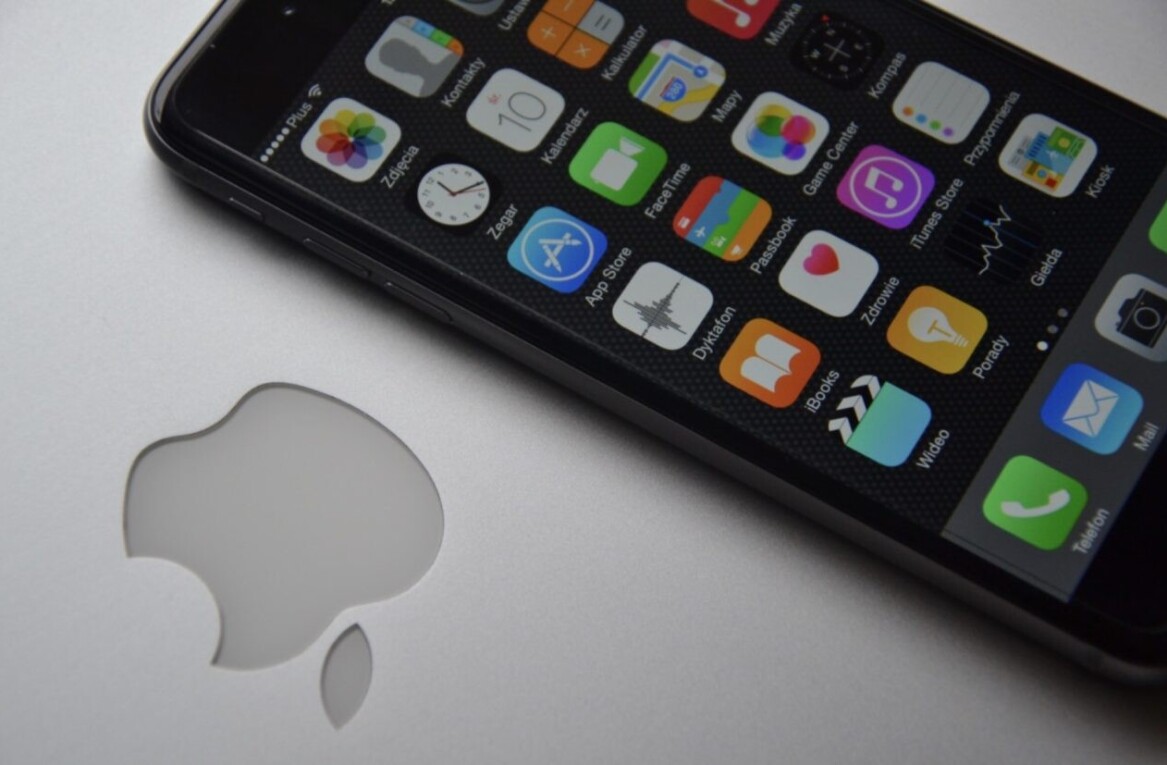
With projections on wearable tech becoming a $75 billion dollar industry by 2025, the largest sector ripe for cashing in on the wearable craze is healthcare. From fitness to medicine to wellness, the capacities for tracking metrics and translating them into goal-oriented wearables that are swiftly finding increasing demand among consumers is practically infinite.
While there’s an obvious market for devices like the Jawbone Up and Apple Watch, there’s a growing number of wearable devices coming to market that encourage users not to do more, but to do less.
According to the most recent survey on stress conducted by the American Psychological Association, Americans are routinely more stressed than what the association considers healthy. Polling over 3,000 adults last August, the study found that the average American considers his or her stress level a 4.9 on a 1-10 scale, with one being “little or no stress” and 10 being “a great deal of stress.”
We should strive for a 3.7, according to the association. Some 42 percent of participants reported not doing enough to manage their stress on a daily basis. Enter the next generation of wearables, aimed at helping users find calm amidst the chaos of modern life.
-
Spire
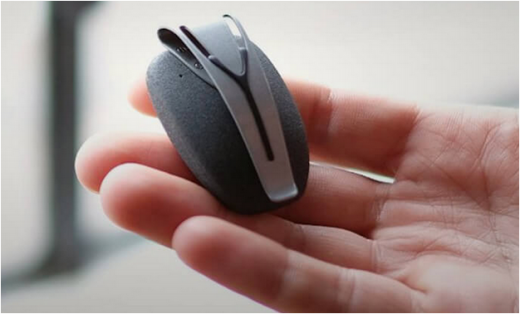
Designed by Stanford University’s Calming Technologies Lab, Spire is a smooth stone that clips to your belt or bra, measuring breathing patterns and counting steps taken throughout the day to pinpoint your tension levels.
Retailing for $149.95, Spire claims to be able to reduce your stress by 50 percent through embedded sensors that monitor breath pattern and sync with the app, which sends gentle reminders and notifications when your stress levels are higher than optimal.
Spire has received rave reviews from users and press so far, mainly because it offers a solution to a very real problem of forgetting to breathe properly, especially when sitting for hours in front of a computer. Spire gets bonus points for its sleek design. In a sea of chunky bracelets, this smooth stone with a simple wishbone clip stands out as something you’d actually want to show off.
2. Being
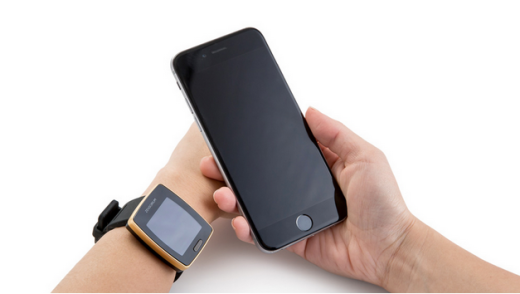
Being, the mindfulness tracker from Zensorium, is a different spin on the same concept. Beingis available for preorder for $199, claims to be able to differentiate good stress from bad, while tracking heart rate, blood pressure, and sleep cycles.
What’s interesting about this one is its attempt to map a user’s emotions (stressed, excited normal and calm) through heart rate variability. Like Spire, Being offers deep breathing exercises when stress levels spike. Unlike Spire, Being has a bulky watch face that many won’t find comfortable to wear 24/7.
3. WellBe
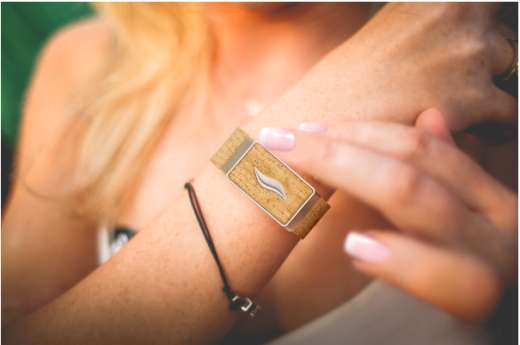
Recognizing that stress is usually triggered by external factors, WellBe monitors heart rate levels and then matches them, through a patent pending algorithm, to specific moments and interactions throughout a user’s day. Available for pre-order with an expected December 2015 release date, WellBe is priced at $119.
What sets this wearable apart is its eco-friendly cork composition, which makes it light and comfortable for all day wear. WellBe’s connected app is robust, offering guided meditations, positivity playlists, breathing exercises, and even a library of meditation mentoring programs that can be used for ongoing life coaching.
4. SmartMat

It was only a matter of time before yoga got mats went high-tech. SmartMat is a responsive mat embedded with 21,000 sensors to detect your body’s balance, pressure and alignment. This data is then sent via bluetooth to a connected app that runs on iOS and Android. SmartMat requires a first time calibration process where the mat gets to know your individual body.
Three settings allow users to choose between a voice guided practice for real time posture corrections, a headphone connected option for in class use, or “Zen Mode,” which tracks silently for post-class review. There’s also a bunch of classes in the SmartMat marketplace. Made of eco-friendly PVC and disguised as a regular yoga mat, this one’s sure to be a hit with the namaste crowd looking to turn their practice inward. Pre-orders start at $297.
5. Prana
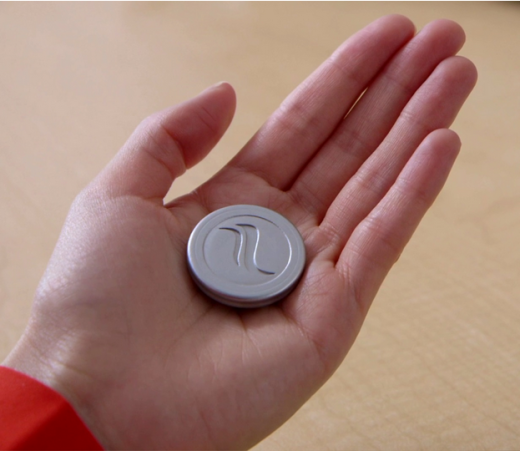
Calling itself the world’s most advanced breath and posture tracker, Prana is another yogi-inspired wearable intended to encourage better habits over time.
Featuring a waistband clip that lies flat when wearing, Prana’s unique angle is to turn the mundane task of improving posture and breathing into ‘gamified breathing,’ with two-minute game where you try to match your breathing to a field of flowers. Using bluetooth to transfer data to the Android and iOS app, Prana tracks 10 different breath and posture statistics.
Backed by algorithms that can differentiate posture’s effect on breathing, as well as diaphragm vs. chest breathing, Prana collects a lot of data for a single sensor. Which begs the question, how much do we need to know about every breath we take? Prana might be best suited for those looking to address medical conditions like asthma or hypertension, but casual users might find the Spire more elegant.
Of course, you don’t need any of these devices to tell you when you’re feeling anxious, overwhelmed, or out of alignment. The human body has been sending us that data, free of charge, for millennia. But with the quantified self movement in full force, we’re sure to see more wearables capitalizing on the mindfulness sector in years to come.
As these devices catch on in popularity, let’s hope to see a decline in stress levels in the American Psychological Association’s 2016 survey.
Read Next: When it comes to health and wellness tech, women are leading the way
Image credit: Shutterstock, Unsplash
Get the TNW newsletter
Get the most important tech news in your inbox each week.



